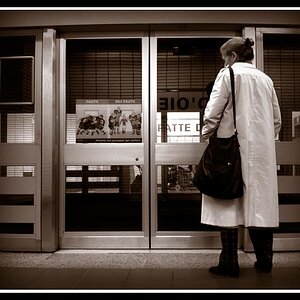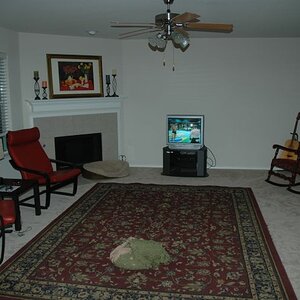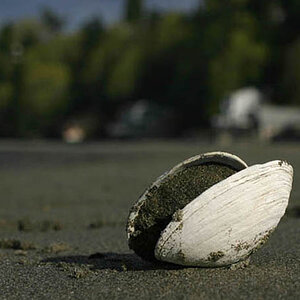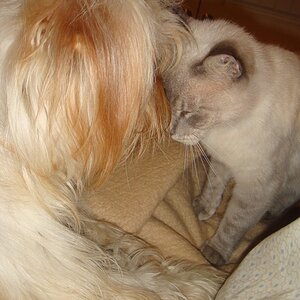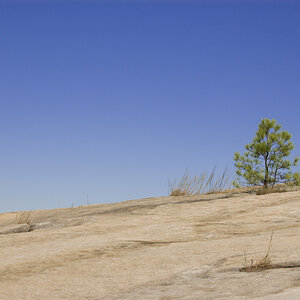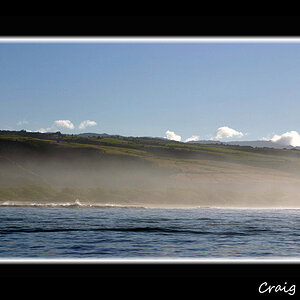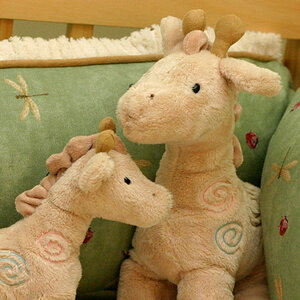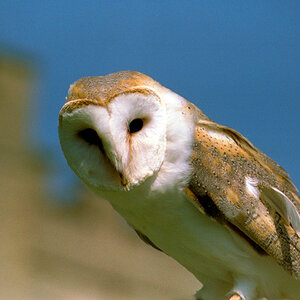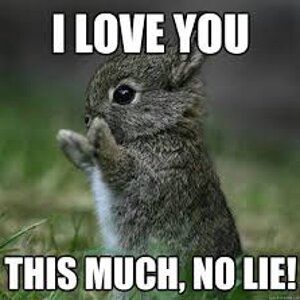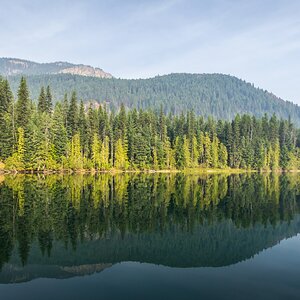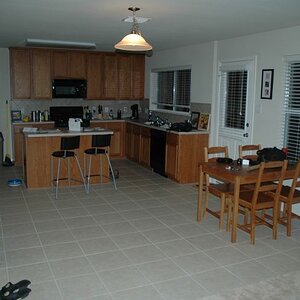redbourn
No longer a newbie, moving up!
- Joined
- Dec 18, 2009
- Messages
- 476
- Reaction score
- 36
- Location
- Nazaré, Portugal
- Website
- best-food.info
- Can others edit my Photos
- Photos OK to edit
I only started with photography a few months ago and am doing photos for my cookbook.
I bought a Nikon D3300 with a Nikkor 1.8G lens.
Right now I have very good natural light and am pretty pleased with my recent pictures and have uploaded one.
But winter is coming and the light will be going.

I would like to try the one light setup that's at goo.gl/m2biVJ but he doesn't give any equipment details.
He's doesn't even suggest equipment.
If anyone would tell me in some detail, what to buy, based on his post, I'd very much appreciate it.
Thanks,
Michael
I bought a Nikon D3300 with a Nikkor 1.8G lens.
Right now I have very good natural light and am pretty pleased with my recent pictures and have uploaded one.
But winter is coming and the light will be going.
I would like to try the one light setup that's at goo.gl/m2biVJ but he doesn't give any equipment details.
He's doesn't even suggest equipment.
If anyone would tell me in some detail, what to buy, based on his post, I'd very much appreciate it.
Thanks,
Michael


